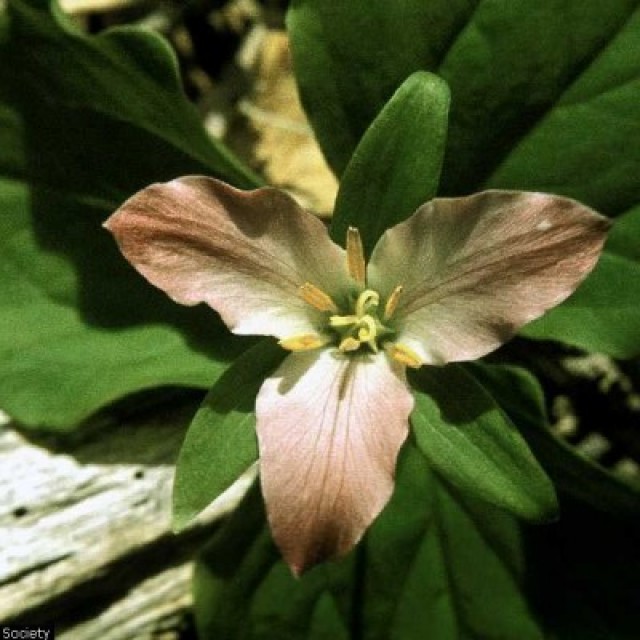COMMON NAME
Pacific trillium
SCIENTIFIC NAME
Trillium ovatum
ALSO KNOWN AS
Western trillium
Plant family
(Melanthiaceae)
Plant group
Wildflowers and Herbs
Pacific trillium is the most common and largest trillium species in the west. Each plant has three large egg-shaped leaves and one large 3-petaled white to pink flower attached to an erect stem above the leaves.
242 reports
63+
OBSERVERS
242+
OBSERVATIONS
Identification hints
Pacific trillium is the most common and largest trillium species in the west. Each plant has three large egg-shaped leaves and one large 3-petaled white to pink flower attached to an erect stem above the leaves.
Did you know?
It is said that Paiute native Americans of central Oregon, as well as other tribes in the western U.S., have used root poultices of Trillium ovatum as a wash for sore eyes.
DISTRIBUTION IN TH U.S.
California
,
Colorado
,
Idaho
,
Montana
,
Oregon
,
Washington
,
Wyoming
HABITAT
Generally prefers moist and shaded habitats at low to mid elevations, associated with forest understory, especially redwood and mixed-evergreen forests.
ATTRIBUTES
Leaves
Typically whorled in 3, at the top of an otherwise naked stem. The leaves are smooth, oval to diamond shaped, 3 to 5 in (7 to 12 cm) by 2 to 8 in (5 to 20 cm). Main veins prominent, leaves can be blotched and mottled.
Flowers
There are three petals which are generally whitish but can vary to pink, purple or dark red and can have pink/blush markings. The petals are lance-shaped and there are three lance-shaped, green sepals (petal like structures), as well. The flowers are solitary, stalked, facing upward or nodding and are odorless.
Fruits
A ripe berry is small, red, to redpurple in color, and plump.
Bloom Time
Early to mid-spring.
See Menu
- 2021 Chicago Botanic Garden. All Rights Reserved.
-
Creative Commons
BY-NC-SA 4.0 - Terms of Use
- Privacy Policy
- Data Sharing and Citation Policies
- 2021 Chicago Botanic Garden. All Rights Reserved.



